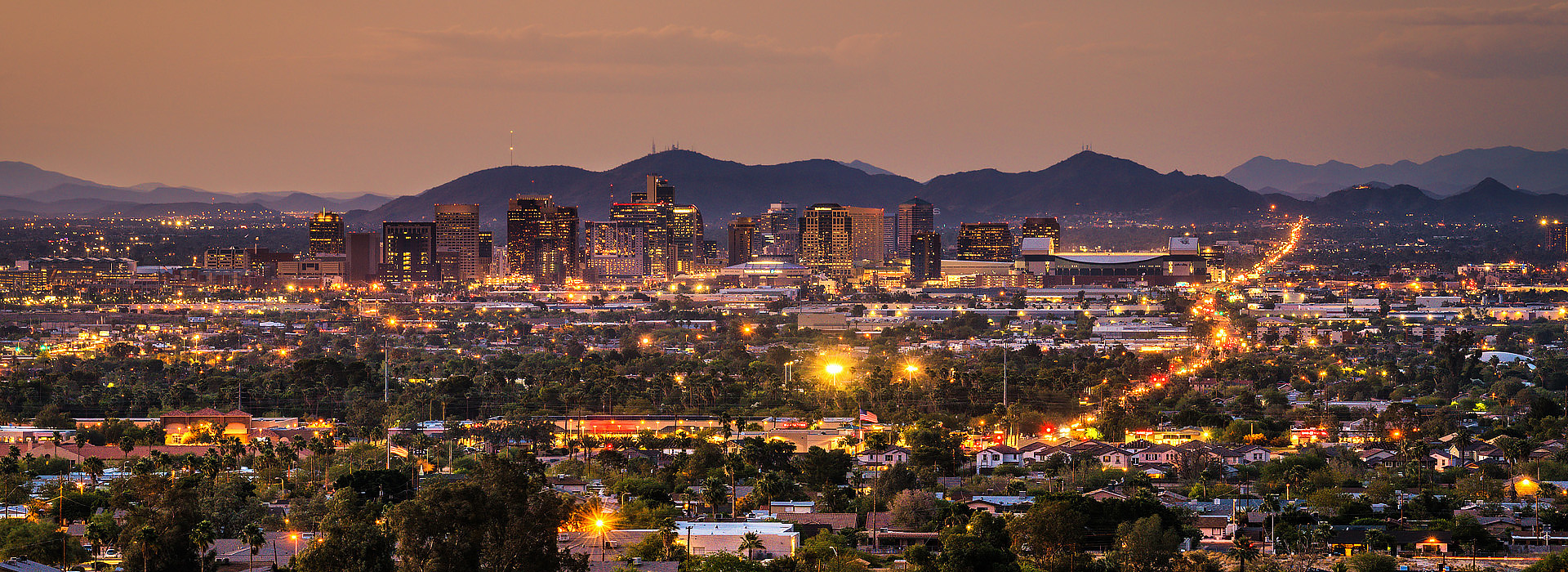Monsoon season hit hard this past weekend. Tens of thousands of power customers lost their electricity during the storm. Crews had to work through the night in order to restore power to as many customers as possible.
Many are still dealing with clean up after tons of trees and other debris was kicked up in the storm. When monsoon season hits, do you know how to keep yourself safe on the road?
Driving Safely in a Monsoon
As bad weather can affect your ability to control your vehicle, the likelihood of being involved in an automobile accident increases. In fact, stopping on wet road requires almost twice the distance as stopping on a dry road. And on ice or sleet, it requires five times the distance to stop. Leave extra space between you and the vehicle in front of you in any kind of weather.
Hydroplaning while driving in bad weather
Six times more people are killed on wet roads than on snowy and icy roads combined because when it starts to rain, the roads are the most slippery, causing your vehicle to hydroplane. This is when the front tires literally lift - the vehicle is riding on the water rather than the actual pavement. Hydroplaning can happen at speeds as low as 35 miles per hour if the tires are worn.
Tips to Avoid Hydroplaning:
Keep mirrors cleared of water.
Avoid suddenly braking as well as making sudden moves of the steering wheel.
If approaching a large puddle of water, slow down and turn on wipers before you hit the water. Tap the brake lightly a few times to dry the brakes out as you leave the puddle. If you feel the car pull to one side, pump the brake slowly and smoothly in order to dry the brake out.
If you begin to hydroplane: hold the wheel steady and take your foot off the gas pedal. Gently pump the brake. Turning the wheel from side to side
In addition to these safe driving tips, it’s important to remember that other forms of “bad driving” can cause accidents.
Distracted Driving
According to data collected by ADOT, in 2015, distracted driving contributed to at least 33 fatal crashes and nearly 8,000 distracted drivers were involved in crashes on Arizona roadways.
The following are all forms of distracted driving:
- Texting
- Using a cell phone or smartphone
- Eating and drinking
- Talking to passengers
- Grooming
- Reading, including maps
- Using a navigation system
- Watching a video
- Adjusting a radio, CD player, or MP3 player
Impaired Driving
Driving under the influence (DUI) or driving while intoxicated, is defined as: operating a means of conveyance (a motor vehicle) while excessive amounts of alcohol, or any kind of controlled substance, are present in the body.
Under Arizona law:
“It is unlawful for a person to drive or be in actual physical control of a vehicle in this state under any of the following circumstances:
While under the influence of intoxicating liquor, any drug, a vapor releasing substance containing a toxic substance or any combination of liquor, drugs or vapor releasing substances if the person is impaired to the slightest degree.
If the person has an alcohol concentration of 0.08 or more within two hours of driving or being in actual physical control of the vehicle and the alcohol concentration results from alcohol consumed either before or while driving or being in actual physical control of the vehicle.”
DUI is serious and common offense. All 50 states, including the District of Columbia, have laws that state it is a crime for anyone to operate a motor vehicle if their blood alcohol concentration (BAC) is above a certain level. In Arizona that level is 0.08.
Under Arizona law: “A person who is convicted of a violation of this section is guilty of a class 1 misdemeanor.” And if convicted, a person may be subjected to the following under Arizona law:


